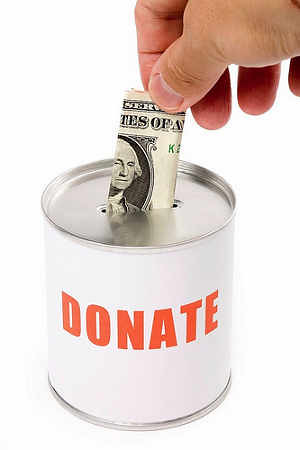Summary:
Before donating to a charity, you should learn things about it. Things you should know about a charity before donating to it are: their name, what they do, and their mission. Other things you should consider are their statistics in money, such as how much they give and money to raise $100. You should also research on what they have achieved, and what they are currently doing.
Backward Looking:
How much did you know about the subject before I started? I knew a few things about the charity fair project before I started this year, last year. Things I knew about the charity fair last year was that you had to make and sell items you made, and then with the money you have, you donate it to a charity of your choice. Things have gone a bit different with the charity fair this year. I've known some of it before we started. For example, instead of donating to a charity of your choice, you must convince the student council to donate all AdVENTURE's money to one charity, making a presentation/speech. Other things that are different include adding different elements, such as carbon footprint, cost & profit, etc.
Inward Looking:
How do you feel about this piece of work? What parts of it do you particularly like? Dislike? Why? What did/do you enjoy about this piece or work? I thought that the charity fair was really fun to do, making the products and the elements, and working on the tri-fold poster. My most favorite part of the charity fair would either be making the products(origami) or developing the tri-fold poster. The part I dislike doing for the charity fair was doing the carbon footprint. This was because it was really difficult to do, because some of the products we used didn't show where it was made, taking a long time to finish the carbon footprint, and took a lot of hard work to finish. The part I like most about this project is making the origami and doing the tri-fold poster, since this was the part I was most proud of
Outward Looking:
What grade would you give it? Why? If I were to grade my own charity fair project, I would give it an A. I would give it this grade because I think I did pretty well for the charity fair by adding all the elements with all of requirements, with a bit of extra data. I also think I did pretty well on the tri-fold poster with detailing it. But the main reason I would give myself an A is because of the products. The main reason I would give myself an A is because of the collaboration my team and I did during the charity fair. We communicated when doing all of the elements of the charity fair, talked about all of the requirements and what to do. Saying this, I wouldn't really say that I did really really good on the charity project. There were a bit of some flaws, like miscalculations and making a few mistakes for the cost and profit and carbon footprint.
Forward Looking:
What would you change if you had a chance to do this piece over again? There are many things that I would change if I were to to do the charity fair project again. One thing I would change is the product I was selling. I was originally selling origami, but that did not sell much on exhibition night. If I were to sell something different in the charity fair than origami, I would sell something that you could bake, like cookies or cake pops. There aren't many things I would change if I were to do the charity fair again, besides doing some of the charity fair elements again, since I would be selling a new product.

